In China, I was constantly on the lookout for ingredients that I could use to make Western food. Since I didn’t live in Beijing or Shanghai, international grocery stores were harder to come by. But occasionally I’d spot a stick of butter in a Carrefour, or baker’s flour at the market. I scrounged and scavenged, and even came across a tiny grocery store in Tianjin that had a small refrigerator filled with different kinds of cheese. There wasn’t a one-stop-shop, but once I learned where to go to get what ingredients, it was quite easy to get by. In any case, Chinese food was so diverse and delicious that I rarely missed Western food.
Now that I’m back in the States, I am surprised to find myself missing Chinese food in a way that I never missed the food options in America. Dining here is so eclectic that you never really get a sense of one cuisine or flavor that reminds you of home. Thai, Mexican, Italian, Japanese, Ethiopian, and yes, even Chinese food. But we all know American Chinese food is but a bland shadow of the real stuff, which I miss dearly. And so I’m off searching, scrounging again for key ingredients to help me capture faraway tastes. I went through Washington DC’s pathetic Chinatown, stopping at a tiny mart that claimed it had Chinese groceries. I found what I thought was 陈醋 (chencu), or aged vinegar. I even had an excited conversation in Chinese with the confused shopkeeper about how much I loved chencu. But when I got home and opened it, I found it was not the chencu that I had known and loved in China. This was impostor vinegar, too sharp and acidic, with none of the full flavor of authentic northeast Chinese vinegar. Don’t even get me started on the supposed “international” sections of American grocery stores. Never buy the horrible generic “stir fry sauce” and “szechwan flavoring” and “hoisin sauce.” Please. So far, I’ve resorted to making my own stir fry sauces by flash-frying ginger, garlic, and scallions with dark soy sauce, thickened with sugar and a bit of cornstarch. But the scavenging is paying off. At a farmer’s market, I found hot peppers that were almost identical to the long green 辣椒 (lajiao) I used in China. And the mart in Chinatown wasn’t a total waste of my time – I found my beloved Laoganma spicy sauce. Though it might just be my imagination, I think it’s a little less spicy here… the search continues.
在中国的时候,我一直在寻找能够用来烹制西方食物的原料。
现在我已经回到了美国,我突然很惊讶的发现,
提起我在美国超市所谓的国际区域买东西的遭遇我就气不打一处来。
功夫不负有心人,有一次我在一个农贸市场,找到了一种辣椒,


